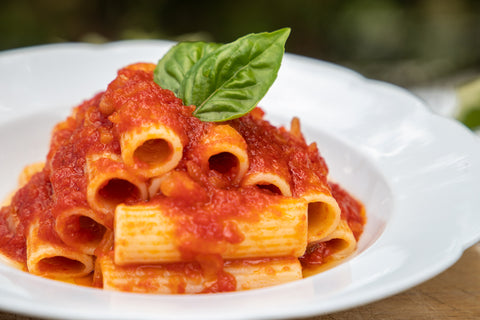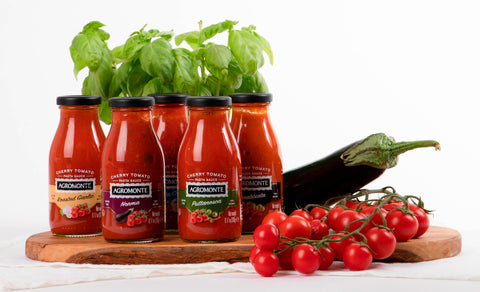The extraordinary story of Pasta Cuomo begins in the legendary Italian city of Gragnano, the small “kingdom of pasta” in the province of Naples, renowned worldwide for its air-dried, bronze-extruded pasta.
MAESTRI PASTAI SINCE 1840
Around 1840 Nicolino Cuomo bought from a Neapolitan noblewoman the “Fusara Mill” to increase the production of his bronze drawn pasta. Following the tradition of Gragnano, Nicolino converted the beautiful and ancient family palace in Via Roma, as a pasta factory. The famous Via Roma was once the “Temple of Pasta”, populated by maestri pastai, the pasta masters preserving this ancient art. Here these artisans used to teach young disciples how to produce the celebrated “white gold”.
RICH IN ITS HISTORY, CONFIDENT IN ITS FUTURE
Nowadays the activity is revitalized by Mariano Cuomo and his children Amelia e Alfonso, in the same old places, with the same passion. After 179 years of history, “excellence” is still Cuomo’s first rule. This family run pasta factory is still practicing a vertical production process due to preserve the traditional methods of hand-crafted and artisanal production. Pasta Cuomo is made with high quality durum wheat semolina using the traditional bronze drawing technique that guarantees a superior, incomparable quality.
HANDING DOWN GRAGNANO’S TRADITION
The dough is “trafilata al bronzo”, extruded through a bronze wire drawing, which gives the shape and the very distinctive rough and wrinkled surface. Pasta Cuomo has been handing down the Neapolitan tradition. The Regno di Napoli, the Kingdom of Naples, had one of the most important production of dry pastas Extruded pasta, indeed, was first invented in Napoli in the 17th century. The valued pasta produced in Gragnano is obtained from durum wheat and pure local water from Lattari Mountains, extruded through rough bronze forms, and mountain air dried. After a three-day natural drying process, the 16 different shapes of Cuomo Pasta are ready to meet and hold sauces and condiments.



